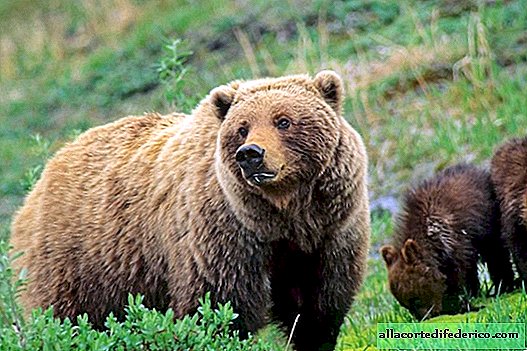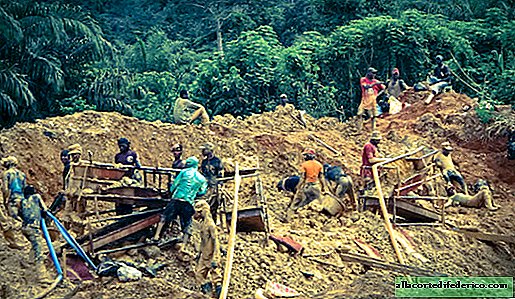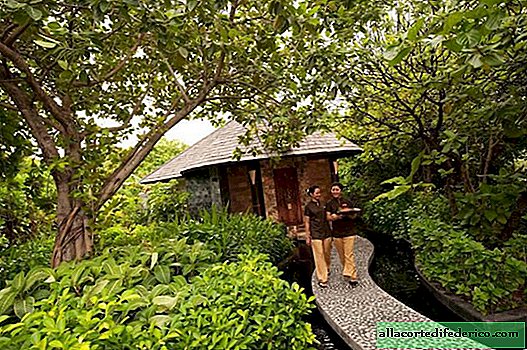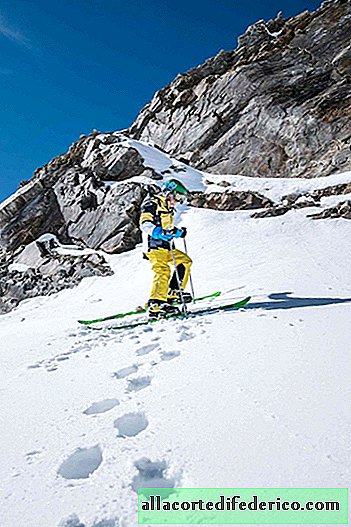Not for beauty and border marking: why do forest belts grow between fields
Many who traveled by car or train to the southern regions of our country have noticed that the fields of wheat and sugar beets are always separated by planting poplars, birches or other trees. These are forest belts that exist in all the steppe and forest-steppe regions of Russia. If you think about the purpose of these lanes, it turns out that they prevent snow drifts on the roads in those places where their location coincides with the direction of the highway. But in fact, the benefits of these small strips of trees are simply colossal and are not limited to saving highways and increasing snow cover in the fields.
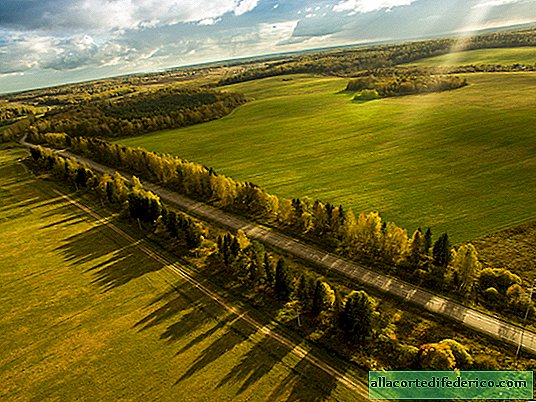
The steppe and forest-steppe zones are the most convenient from the point of view of agriculture, and it is here that the main areas of arable land in Russia are located. But the steppe, having a favorable temperature regime and the most fertile soil, is a zone with insufficient rainfall. This circumstance throughout the history of agriculture in these regions led to crop failures and famine, which occurred due to drought. In addition, the plowed soils undergo erosion, the wind carries their upper layers, rich in humus over long distances.
The need for planting protective forest stands in Russia was discussed long before the terrible drought of the late 40s, but it was this event that caused crop failures and famine that led to enormous forest plantations in our country. From the late 1940s to the mid-1950s, thousands of kilometers of forest belts were planted in the south of the European part of the USSR. For forest planting, hundreds of forest nurseries were created, and specialists from the Agrolesproekt Institute worked on the design of forest belts. In the future, forest belts were also planted in the south of the Urals and in Western Siberia, and despite the fact that by the mid-1950s the scale of planting decreased, forest belts continue to be planted today.

But what is the use of forest belts, in addition to retaining snow, and is it really worth the enormous cost of planting them? In fact, the system of forest belts is of great importance for agriculture of the steppe and semi-desert zones. Trees trap snow in the fields, increasing the moisture reserves in the soil at the beginning of the growing season, and also reduce the total evaporation of moisture from the surface of the fields. In addition, they reduce the harmful effects of southerly winds, which lead to soil erosion and dust storms. The ravine development process poses a serious threat to agricultural fields, and plantations also help to cope with them. But forest belts are planted not only between fields and along roads, they are often placed near canals and channels of small rivers. In this case, they perform a similar function, protecting the water arteries from excessive evaporation and coastal erosion.

Today, forest belts are used as protective structures not only in Russia. In recent decades, China has planted millions of hectares of protective forest belts, mainly in the semi-desert and desert regions of the country. There are protective forest plantations in Brazil, Japan, India and other countries. But in our country, forest belts occupy the largest areas in the world - more than 70 million hectares.
By the way, it is in Russia that there are unusual forest stripes in the form of inscriptions that were planted at different times on the occasion of memorable dates. At once in several regions of our country unusual sights grow, which, however, can only be seen from the air.






